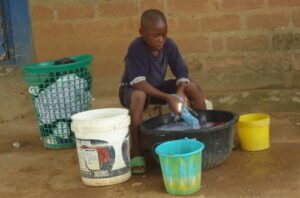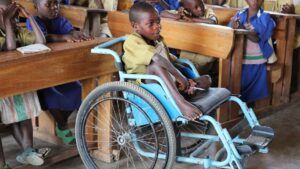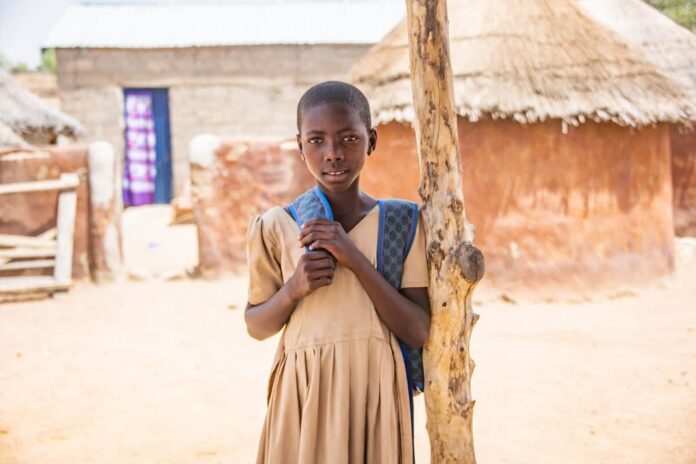Education is a fundamental right, yet many children in rural areas face significant barriers. Many rural communities lack sufficient schools, forcing children to travel long distances, which can be unsafe and impractical.
These schools often suffer from poor facilities, insufficient teaching materials, and a shortage of qualified teachers.
Economic barriers also play a crucial role; families in rural areas frequently face poverty, requiring children to work instead of attending school.
Cultural factors, including traditional gender roles and skepticism about the value of formal education, can impede educational access.
Gender disparities in education are evident globally, with girls often at a disadvantage. In many cultures, girls are expected to prioritize household chores and caregiving over schooling. 
Early marriage and pregnancy disrupt girls’ education. Even when girls attend school, they may face a lack of sanitary facilities, leading to absenteeism, especially during menstruation.
Societal norms and safety concerns often prevent girls from attending school, resulting in lower enrollment rates and higher dropout rates.
Children with disabilities face unique challenges in accessing education. Many schools lack the necessary infrastructure and resources to accommodate these students.
Social stigma and discrimination further hinder the inclusion of children with disabilities in mainstream education.

Effective inclusive education requires policy reforms, resource allocation, teacher training, and community sensitization to ensure all children receive a quality education.
Addressing these barriers requires concerted efforts from governments, non-governmental organizations, and communities.
By tackling these challenges, we can ensure that every child, regardless of location, gender, or ability, has access to quality education.




